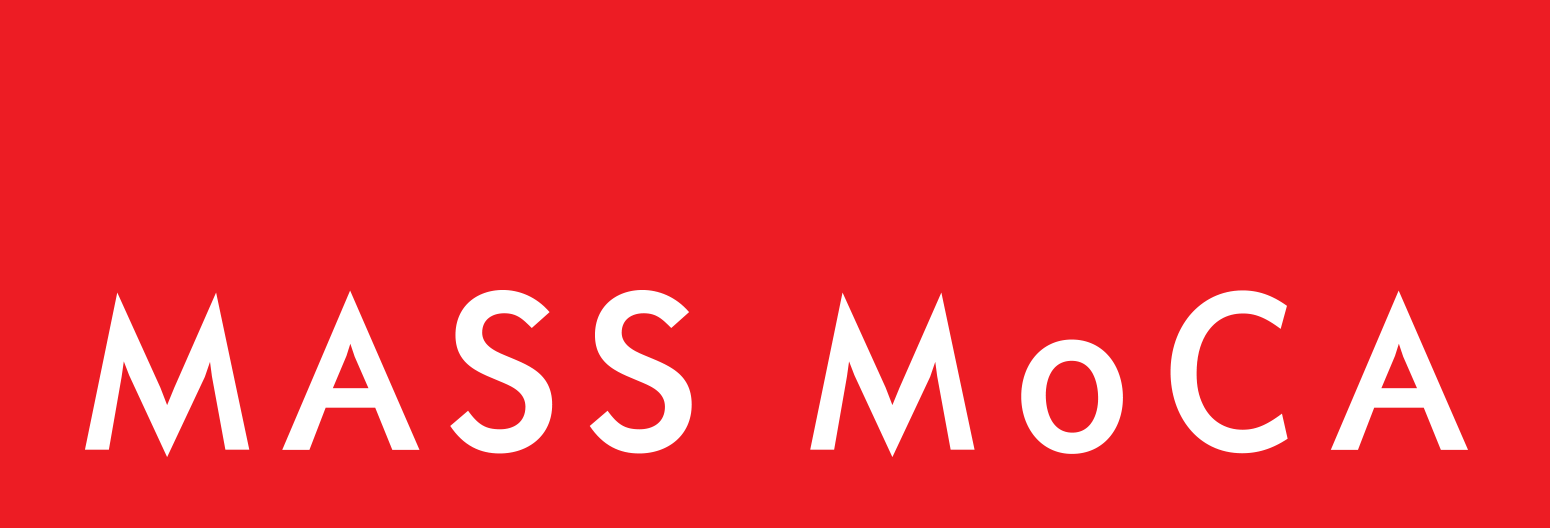Sol LeWitt
- Sol LeWitt
The room (or wall) is divided vertically into fifteen parts. All one-, two-, three-, and four-part combinations of four colors, using color ink washes.
November 1984
Color ink wash
Courtesy of the Estate of Sol LeWitt
First Installation
Stedelijk Museum, Amsterdam
First Drawn By
Anthony Sansotta, Marien Schouten, Wim Starkenburg, Willem Wolff
MASS MoCA Building 7
Second Floor
In the mid-1980s Sol LeWitt, who had already been working with ink washes for a few years, began to layer the four basic colors of ink (gray, yellow, red, and blue), creating a variety of different hues. Wall Drawing 422 depicts gray, yellow, red, and blue and all of their possible composites, or two-, three-, and four-part combinations. LeWitt had previously applied this system to colored pencil, as seen in Wall Drawing 85, also on display at MASS MoCA on the ground floor.
The wall for Wall Drawing 422, divided into fifteen panels for each of the fifteen possible combinations, has four panels containing a single color, six panels containing combinations of two colors, four panels with combinations of three colors, and one panel with all four basic colors. The exacting mathematical permutations that assign the colors to the panels, when executed in ink, result in gem-like hues. In a sense, this wall drawing serves as a template for the color palette of other ink wall drawings.
Backstory
Once completed, ink wash wall drawings such as Wall Drawing 422 often have to be touched up in areas where the primer is exposed. The wall primer, which is painted on before the ink is applied, is sometimes visible along the borders of different colored sections. This occurs where the sections were not taped off firmly enough. To remedy this problem, the draftsmen use fine-tipped paintbrushes to paint in ink, covering the exposed white areas.


